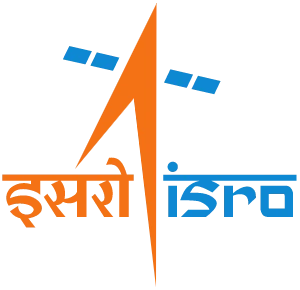Overview
Master Control Facility of ISRO is situated in the beautiful city of Bhopal, Madhya Pradesh. It is responsible for monitoring all the Geostationary or Geosynchronous satellites launched by ISRO and controlling them. It controls satellites like INSAT, Kalpana, IRNSS series, and many more. MCF is also responsible for in-orbit payload testing, operations, and orbit raising of all those launched satellites. Their responsibilities also include tracking, TT&C (Telemetry & Commanding) operations, and other important operations. They are responsible for managing eclipses, station-keep maneuvers, and recovering things during emergencies. It also communicates with the Agencies to effectively utilize the satellites’ payloads and minimize any service disturbances when special operations are being carried out
Dr. Sarabhai initially was convinced and had a vision that the space resources can address the human’s and the environment’s actual problems. Serving as a director, he convened a troop of army personnel and intellectual scientists, communicators, and other important members across the country to carry out operations. Since then, this institute has become an integral part of space research and fieldwork. The vision statement of ISRO’s Master Control Facility is to harness technology from space for the development of the nation while researching and exploring the planet as a whole.
Its introduction has been well-built and organized, serving three elements that include communication satellites, remote sensing, transportation system for space, and application programs. It has also introduced various steps like SITE (Satellite Instructional Television Experiment), STEP (Satellite Telecommunication Experiments Project), KCP (Kheda Communications Project), and many more.
The ISRO’s Master Control Facility is working on certain missions and principles that are listed below:
- Design and Develop launch vehicles and similar technologies to provide access to space.
- Design and develop satellites and similar technologies to observe the earth, communicate, navigate, study meteorology, and space science.
- INSAT program to meet telecommunication, broadcast on TV, and application development.
- IRS program to manage natural resources and monitor the environment utilizing space-based images.
- Creation of space-based apps to develop society.
- Research and Development in the field of space science and explore the planet as a whole.
Research and Development
There have been much researches and development conducted by the ISRO’s Master Control Facility over several years. During the 1960s, when this centre came into existence, PRL (Physical Research Laboratory) was introduced for researching various elements of the space. SITE’s experiment benefitted more than 200,000 people across the country that covered about 2400 villages across six different states. Then, STEP was introduced during the period of emergency. It was used for performing telecommunications experiments. STEP aimed to provide a test of utilizing geosynchronous satellites to communicate in the domestic field, improve capabilities, and enhance the experience during the designing, manufacturing, installing, operating, and maintaining various ground-level facilities. After SITE, KCP (Kheda Communications Project) was introduced that was focused on improving communication efficiency. Apart from these, various other projects that include SLV-3, Aryabhata, APPLE, PSLV, GSLV, and many more have been introduced.

